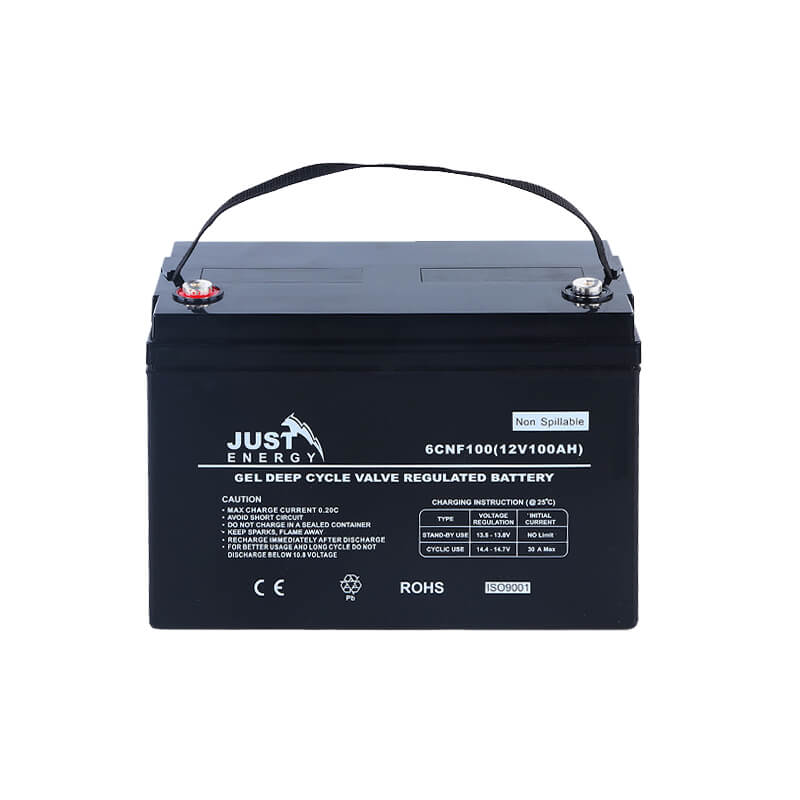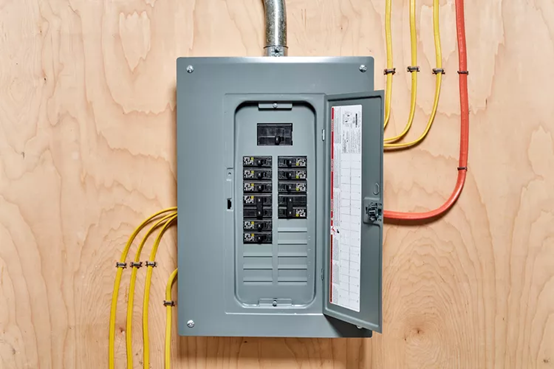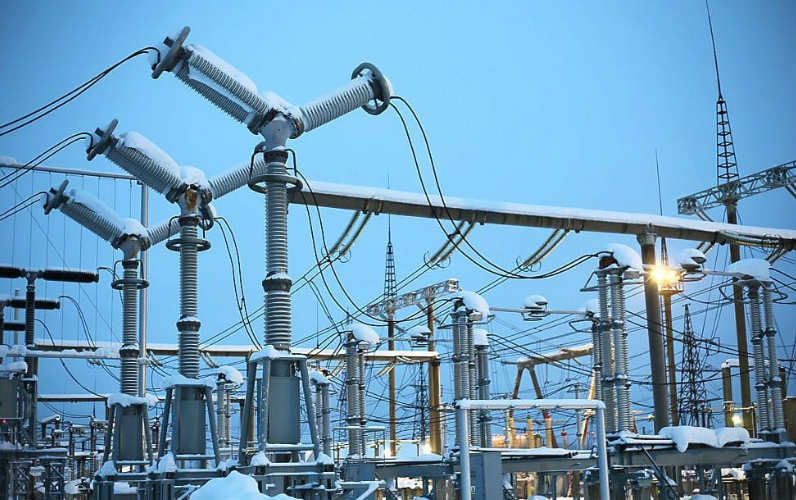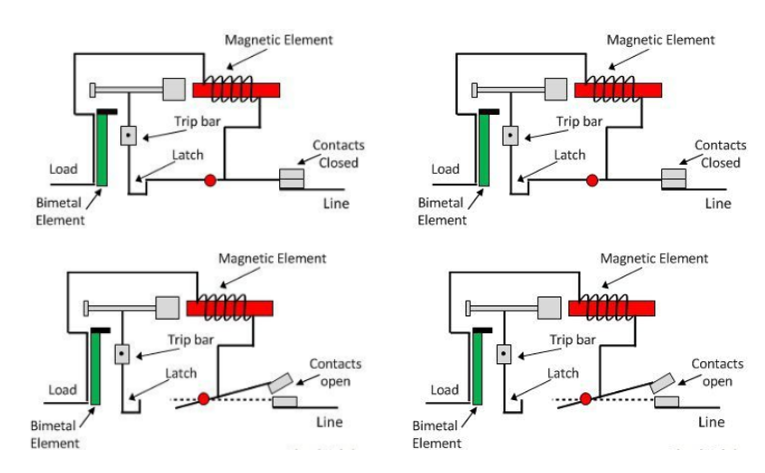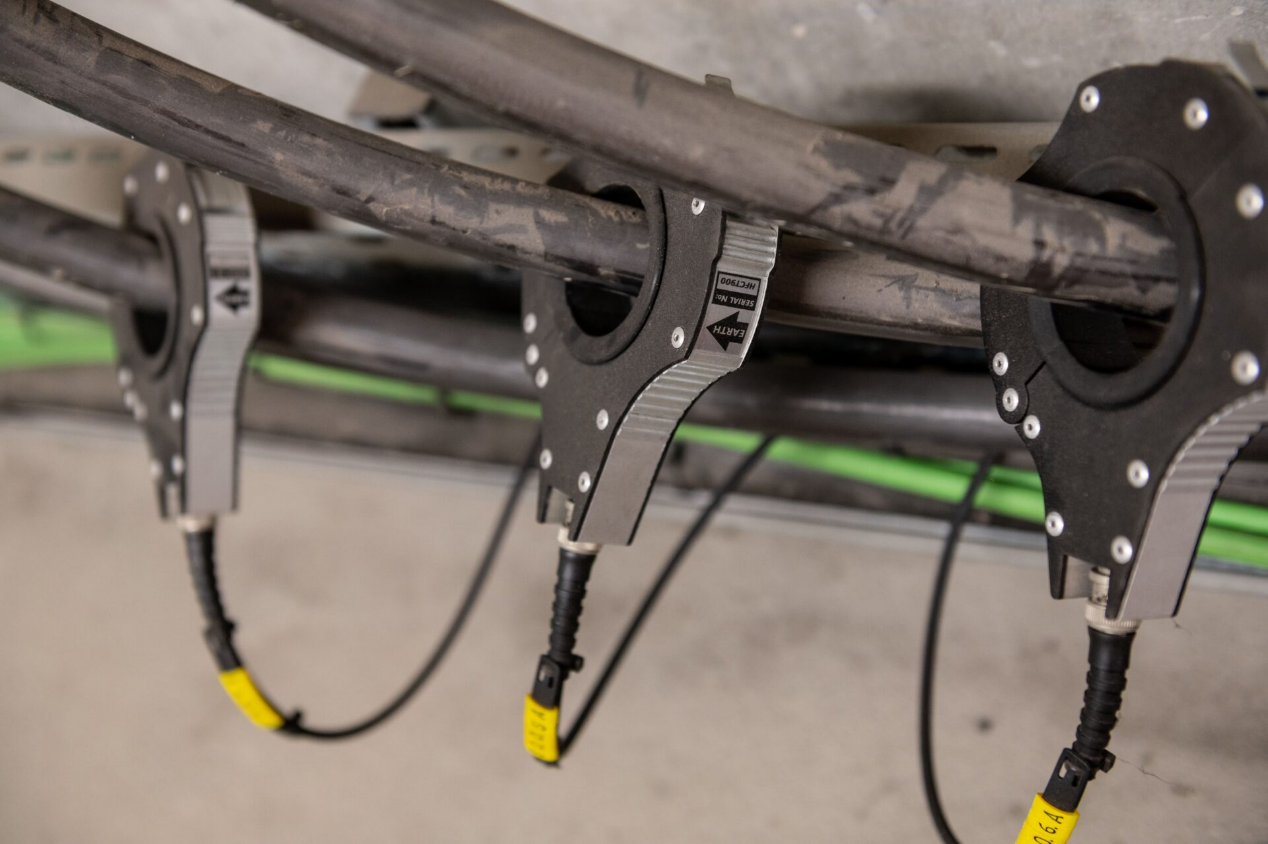The pressure switch application is widely used in all aspects of modern industrial production. As a sensor that can sense and respond to pressure changes, pressure switches play a vital role in automatic control systems. This article will explore the specific applications of pressure switches in different fields and their role in industrial automation.

Pressure switch application in Industrial Field
Pressure switches are widely used in various process control and automation systems in the industrial field. The following are some common application scenarios:

Hydraulic system: Control the movement of hydraulic cylinders and the start and stop of hydraulic pumps, used in mechanical processing, assembly and other fields.
Pneumatic system: Control the movement of cylinders and the pressure stability of air pressure systems, used in automated production lines, packaging machinery, etc.
Water treatment system: Control the start and stop of water pumps and the water level control of water tanks, used in water plants, sewage treatment plants, etc.
HVAC system: Control the speed of fans and the flow of water pumps to adjust indoor temperature and humidity.
Compressed air system: Control the start and stop of air compressors to ensure the pressure stability of compressed air systems, widely used in manufacturing, automobile manufacturing, etc.
Pressure switch application in Automotive system
In the automotive sector, pressure switches are crucial for monitoring various systems (Steering system, Air conditioning system, Fuel system, and Tire pressure monitoring system) within vehicles. They are employed to detect oil pressure, fuel pressure, and coolant pressure, providing critical feedback to the engine management system. For example, an oil pressure switch activates an alarm when oil pressure drops below safe levels, prompting immediate driver awareness to prevent engine damage.
Fuel pressure switches ensure that the fuel system operates efficiently, maintaining adequate pressure for optimal engine performance. Similarly, coolant pressure switches help regulate the engine’s temperature by monitoring coolant pressure and triggering fans or other cooling mechanisms when necessary.

Furthermore, pressure switches are utilized in brake systems to monitor hydraulic pressure, ensuring that the braking system functions properly and enhancing vehicle safety. By providing real-time monitoring and feedback, pressure switches significantly contribute to the overall reliability and safety of automotive systems.
Other Pressure switch applications
Beyond industrial and automotive uses, pressure switches find applications in a wide array of other fields. In medical devices, they are critical for monitoring gas and fluid pressures, ensuring that devices such as ventilators and infusion pumps operate safely and effectively. For instance, a pressure switch in a ventilator ensures that the air supply is maintained within specified pressure limits, allowing for precise patient support.

In the food and beverage industry, pressure switches are essential for maintaining safe processing conditions, such as monitoring pressure in packaging systems and ensuring the integrity of sealed products. They help prevent spoilage and ensure product quality by monitoring pressure levels during processing and storage.
Additionally, pressure switches are employed in water management systems to control water levels in tanks and reservoirs. They activate pumps to refill tanks when water levels drop, preventing overflow or dry running situations. This application is crucial in irrigation systems, wastewater treatment plants, and municipal water supply systems, ensuring efficient resource management and operational continuity.
Medical equipment: used to control the pressure of medical equipment, such as ventilators, infusion pumps, etc.
Aerospace: used to control the hydraulic system and fuel system of aircraft.
Chemical industry: used to control the pressure of reactors and pipeline systems.
Shipbuilding industry: used to control the hydraulic system and pneumatic systems of ships.
Conclusion
Pressure switches are integral components across various industries, providing essential monitoring and control functions. From ensuring the reliability of industrial machinery to enhancing vehicle safety and efficiency, their applications are vast and varied. By understanding the role of pressure switches in different sectors, organizations can leverage these devices to improve operational efficiency, safety, and reliability in their systems, ultimately contributing to better performance and resource management.

